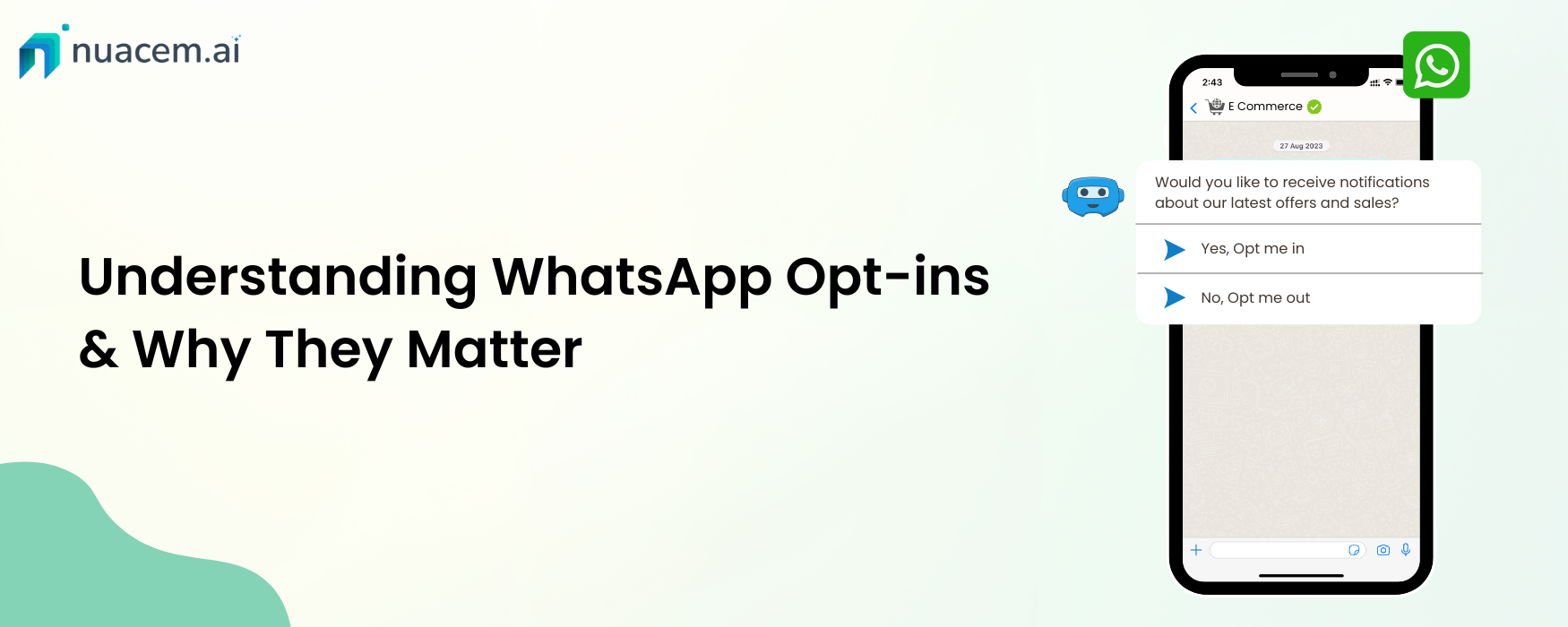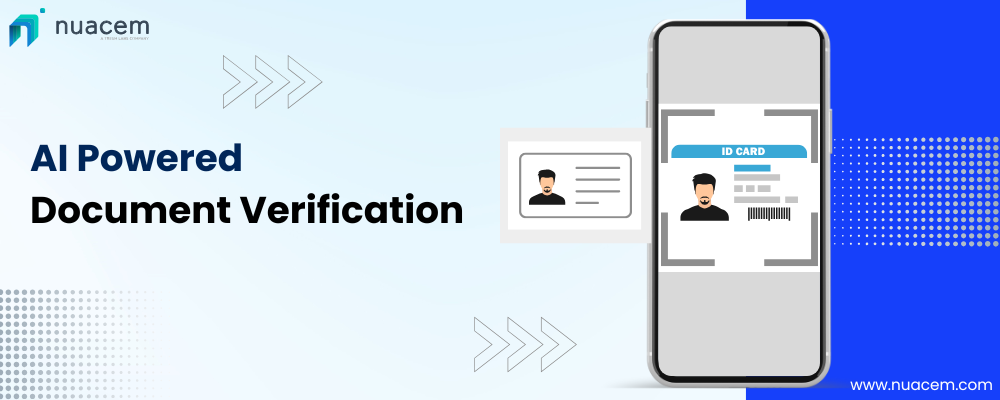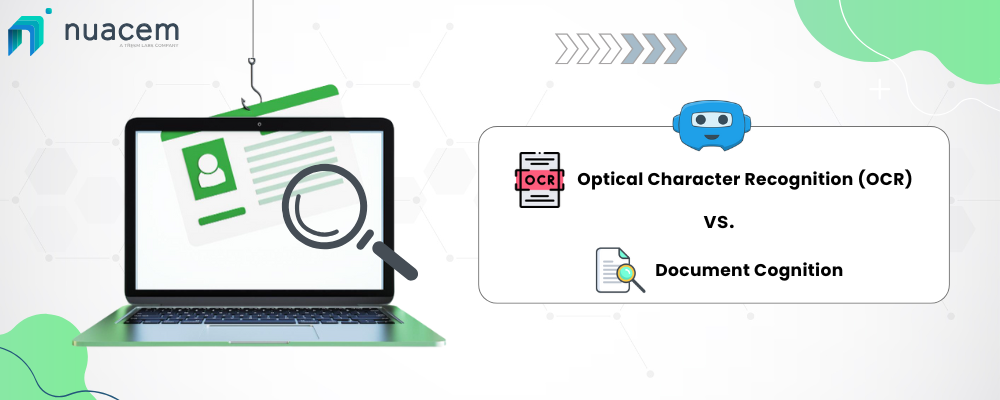Enterprises are grabbing every single opportunity in exploring proficient methods to deliver a promising customer service experience.
Because enterprises recognized customer experience / customer engagement as a significant competitive differentiator, and customer service plays a vital role in defining that experience.
According to the research, 61% of the customers stopped doing business with a brand because of poor customer service experience.
Contact Centers have long been the most important means of customer service across industries, and customer expectations are changing with the advancements in technology.
39% of people feel that reaching out to a contact center via phone call is the best option for the customers to make initial contact with a brand to resolve issues and receive customer support.
I think most of us reached to contact center at least once in their lifetime to resolve some queries and at that time you may come across some automated instructions such as:
- Press 1 for English
- Press 2 for German
- Press 3 for French
The automatic voice commands are promoted from IVR (Interactive Voice Response).
The traditional IVR can be defined as automated telephony systems that intermingle with customers via voice & DTMF (Dual-Tone Multi-Frequency) keypad pat tones.
According to marketsandmarkets research, the IVR market is anticipated to reach $5.54 billion by 2023.
Most of us (99%) got frustrated with the traditional IVRS telephonic menu options, long process to solve the issue, and long waiting hours to connect to live human agents.
Once a customer gets frustrated with improper customer service experience or lousy customer service, there is a higher chance of the customer shifting to your competitor brand.
“Enterprises across the globe spend $1.3 trillion on 265 billion customer service calls every year.” [Source: IBM]
33% of customers feel resolving issues in a single instance as a good service customer experience.
High call volumes and less number of human agents have necessitated enterprises to look for the perfect solution to resolve these issues.
It is where the need for Conversational IVR comes into the picture.
With the latest developments in Conversational AI, now Conversational IVR is becoming a competent way to direct the users through a series of menus with zero confusion.
Before we move onto how Conversational IVR is helping to automate the contact center, let’s take a glance at some of the necessary information.
Continue reading!
Conversational IVR?
In simple terms, Conversational IVR is the most recent innovation in IVR.
The Conversational IVR is a self-service system that makes use of voice commands from users to enable them to intermingle with the self-service IVR systems when they reach out to the contact center of a particular enterprise.
The Conversational IVR reinstates the tedious, long, and intricate menu-driven structures with the Natural language processing, Natural language understanding, Machine Learning, speech recognition, and quick response capabilities.
It can understand the user’s context, intent, and content spoken in the natural language and offers a much free form and go-ahead customer service experience.
The Conversational IVR applications can understand your customers better than ever by which customer satisfaction increases significantly.
Automate contact center with Conversational IVR
Now, let’s look at the diverse ways of automating the contact center with the help of Conversational IVR.
Handling a wider range of tasks
The traditional IVR can carry out monotonous and essential tasks, and it takes minutes to hours to solve a single concern.
But using Conversational IVR in your contact center can do tasks much more efficiently in less time by understanding the customer intent while maintaining the context.
As it is a Conversational AI-powered contact center, it provides advice on the brand services and products.
It can resolve thousands of issues with ease with no to minimal human intervention.
With the use of Conversational IVR in the contact center, there is a 45% reduction in agent calls.
If the Conversational IVR is not able to understand and respond to the customer query, it will automatically transfer the conversation call to the human agent.
Turn out to be smarter with time
We are aware that the AI-based contact center will handle thousands of queries, and with the help of that, Conversational IVR solutions learn over time.
As discussed above, if the Conversational IVR is not able to deal with a particular query, it will transfer that conversation to the live human agent, and he will guide the customer manually.
If some other customer enforces the same query, the automated IVR can resolve the issue with zero waiting time.
It’s possible because Conversational IVR is learning over time from the data gathered from the previous queries/instances.
According to a research report, 66% of users try to use self-service when engaging with customer service.
Most of the enterprises are using Conversational AI in the contact center to enhance customer self-service.
At present, most of the enterprises started to use powerful automation capabilities to provide simple & easy to steer Conversational interfaces.
With the highly developed capabilities, the platform opens up this span to be more customer-oriented personalized self-service.
With the Conversational IVR, the customer can interact as they interact with regular call center agents, or else they can use their town of voice.
In this case, the Conversational IVR will automate the contact center to provide personalized self-service to the customers based on their requests.
Cost-effective
Handling a traditional IVR is so expensive for enterprises. Enterprises are showing interest in Conversational IVR to automate their contact centers, which can reduce costs per call to 1/8th of traditional IVR by minimizing dependency on human agents.
The Conversational IVR also decreases AHT (Average Handle Time) & costs and maximizes agent productivity.
Smart routing
With the traditional IVR systems, the user needs to select options, and routing to a particular department/section is very time-consuming & irritating.
It became a headache for customers and enterprises.
The automation of the contact center can resolve these problems. The platform can involuntarily examine and comprehend the flow of statements and determine the user intent to allocate the customer to the right agent.
It helps to remove call center navigation issues and provides high-quality automate service to contact center customers.
Call routing accuracy increased by 50% with the help of Conversational IVR.
Enterprises need to remember a few things while shifting to Conversational IVR
The sudden shift in technology always comes up with its challenges. To handle those challenges, you need to consider below key facets while stirring from traditional to Conversational IVR experience:
- Understand your customers
- Capture & study use cases
- Tracking performance
Final words
There is no doubt that the coming up future is all about voice interactions, and contact centers are no exception.
Shifting from traditional IVR to Conversational IVR makes a tremendous positive impact on customer service experience.
It is a perfect opportunity for contact centers to improve their productivity, efficiency, customer satisfaction, and call routing.
Is your contact center still using the traditional IVR system, which affects your business & customer satisfaction?
Switch to Conversational IVR systems and automate your contact center.
If you have any queries about Conversational IVR, reach out to us.
Stay in touch with us!
To get more updates on Conversational AI, Artificial intelligence, and automation.






